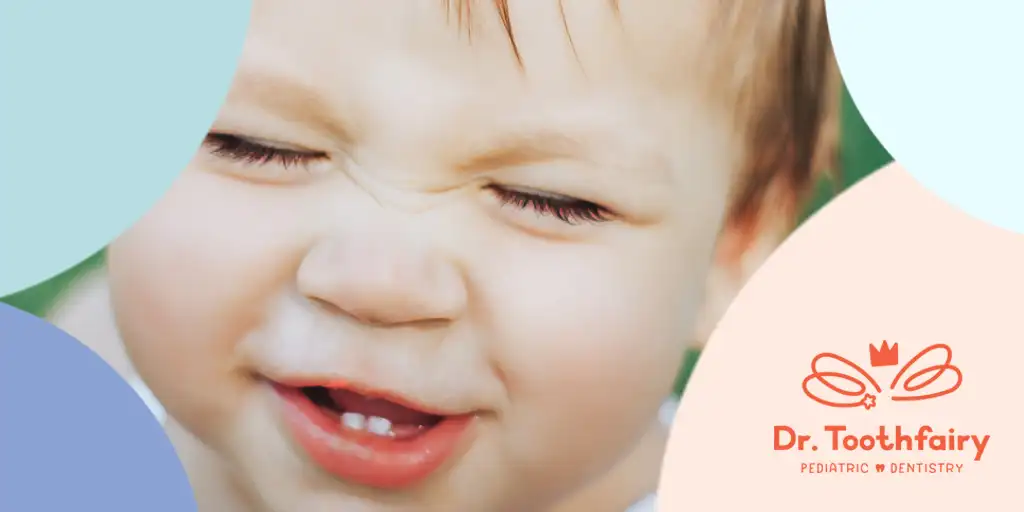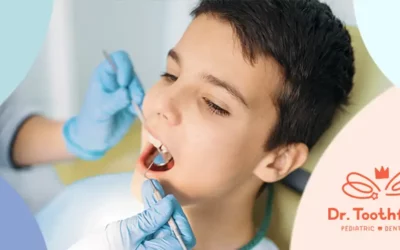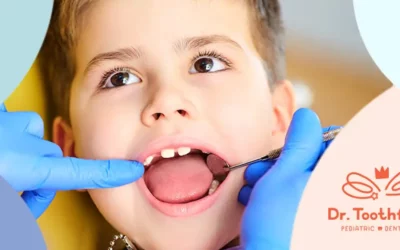As a parent, witnessing your child’s first tooth eruption is an exciting milestone. It heralds the beginning of their journey towards a full set of teeth that will play a vital role in their ability to chew food, speak clearly, and flash those beautiful smiles we cherish so much. However, the process of tooth eruption can be a source of curiosity and sometimes, concern for parents. In this blog post, we’ll explore the stages of baby tooth eruption and permanent tooth eruption, providing you with the knowledge you need to support your child through these significant developmental stages.
Baby Tooth Eruption
Baby teeth, also known as primary teeth, usually start to appear when a baby is between 6 to 12 months old. Typically, the two bottom front teeth (lower central incisors) are the first to erupt, followed by the two top front teeth (upper central incisors). By the time your child reaches their third birthday, they should have a full set of 20 primary teeth.
During this period, it’s not uncommon for babies to experience some discomfort or irritability. Teething symptoms may include drooling, mild fever, fussiness, and a desire to chew on hard objects. Providing a safe teething toy can offer some relief.
Transitioning to Permanent Teeth
Between the ages of 6 and 12, children begin to lose their baby teeth, making way for their permanent ones. This process usually starts with the lower central incisors and ends with the second molars at the back of the mouth. By the age of 12 to 14, most children have lost all their baby teeth and have a full set of 28 permanent teeth, not including wisdom teeth.
It’s important to note that the exact timing of tooth eruption can vary from child to child. Some children may start losing their baby teeth as early as 4 or as late as 7. If you’re concerned about your child’s tooth eruption pattern, it’s always a good idea to consult with a pediatric dentist.
Supporting a Child During Tooth Eruption
While tooth eruption is a natural process, there are ways you can help your child navigate through it comfortably:
- Maintain Good Oral Hygiene: Even before the first tooth appears, clean your baby’s gums with a soft, damp cloth. Once teeth start to erupt, brush them twice a day with a soft-bristled toothbrush and a tiny smear of fluoride toothpaste (the size of a grain of rice).
- Encourage Healthy Eating Habits: A balanced diet is crucial for healthy tooth development. Encourage your child to eat foods rich in calcium and vitamin D.
- Regular Dental Visits: Schedule your child’s first dental visit by their first birthday. Regular check-ups allow the dentist to monitor your child’s oral health and tooth development.
Have Questions? Ask Dr. Toothfairy
Remember, every child is unique and develops at their own pace. So, whether your child is an ‘early bloomer’ or takes a little more time, don’t worry. If you have any concerns about your child’s dental health or tooth eruption pattern, don’t hesitate to reach out to Dr. Lara at Dr. Toothfairy Pediatric Dentistry. We’re here to ensure that your child’s journey towards a healthy smile is a smooth and happy one!
Need A Dentist Appointment For Your Child?
Time for your child's first dental visit? Looking for a new pediatric dentist in Falls Church, VA for your Children? Request an appointment with Dr. Toothfairy.




